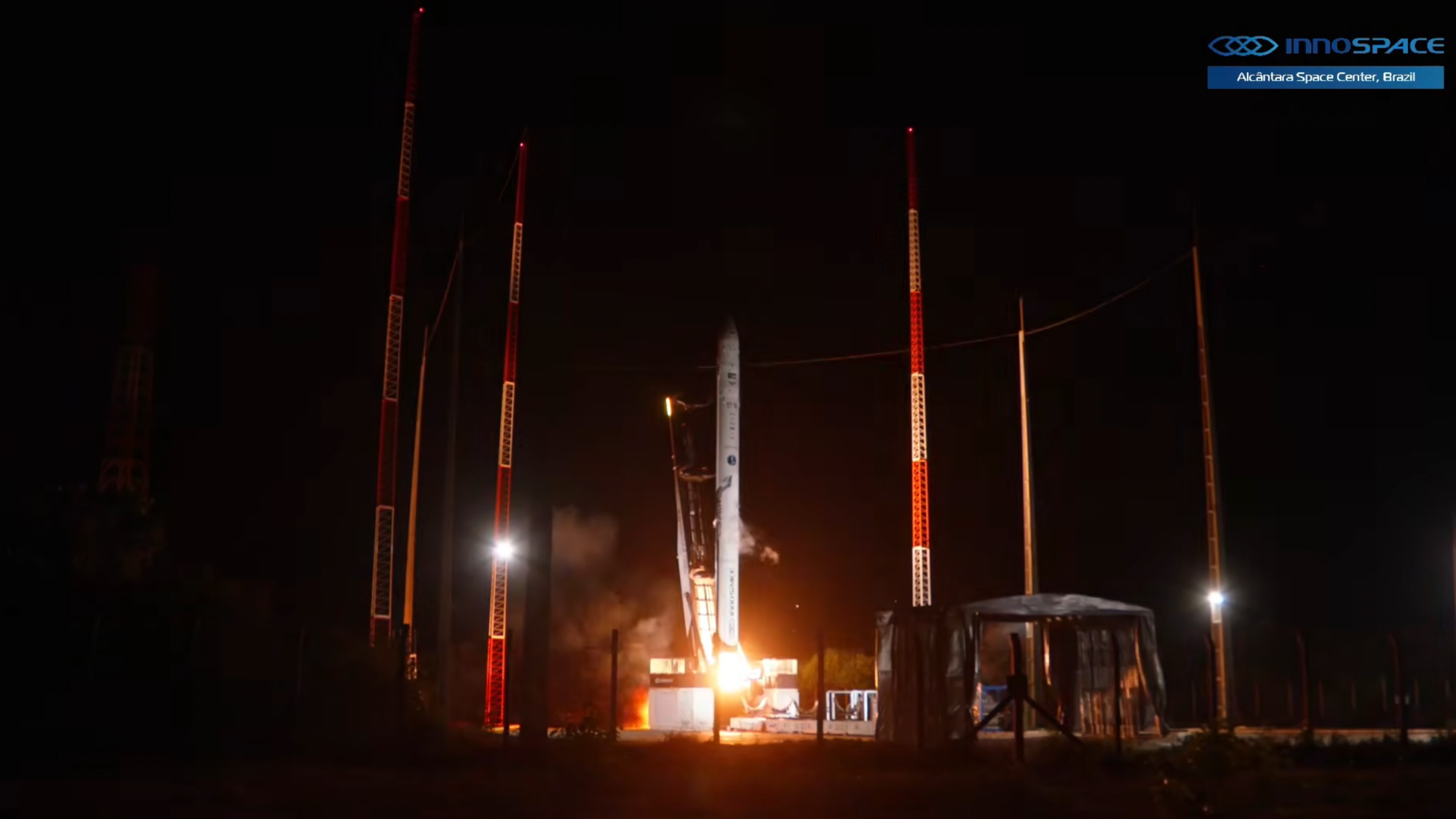U.S. Air Force Hopes to Stabilize SBR, T-Sat in 2005
As the service develops its budget plans for 2006, it will likely slow the pace of work on the Space Based Radar and Transformational Satellite (T-Sat) Communications programs, said Robert Dickman, deputy for military space in the office of the undersecretary of the Air Force.
Congress trimmed the Air Force's budget request for both programs when it passed the 2005 Defense Appropriations Act in July. The $775 million request for T-Sat was trimmed to $475 million, while the $328 million request for Space Based Radar was reduced to $75 million.
Funding for those programs ramped up sharply over the past two years. Space Based Radar received $48 million in 2003, and T-Sat received $120 million. The Pentagon's budget request for 2006 has not yet been set, but funding lines for those programs will likely curve more gently when the Air Force submits its budget plans to Congress in early 2005, Dickman said during a Dec. 14 interview at the Pentagon.
The launch of the first T-Sat spacecraft, which had previously been scheduled for 2012, will likely be delayed by a year, giving the Air Force more time to reduce technical risk on the program, Dickman said. The outlook for Space Based Radar is less clear, Dickman said. In slashing the 2005 budget request for the program, Congress directed the Air Force to treat Space Based Radar as a research effort and not to plan to buy, build and launch it.
The Air Force is developing a new plan for the program that will include greater integration with aerial reconnaissance systems, and also is looking for a manufacturing breakthrough that could make the satellites less expensive to build, he said.
The Air Force would like to award a new batch of satellite launch contracts under the Evolved Expendable Launch Vehicle program in 2005. However, one of the two competitors for such launches, Boeing Co. of Chicago, is barred from participating.
The Boeing suspension was imposed in July 2003 after the Air Force concluded that Boeing used pricing data illegally obtained from rival Lockheed Martin of Bethesda, Md., to win the bulk of the initial Evolved Expendable Launch Vehicle launches.
Breaking space news, the latest updates on rocket launches, skywatching events and more!
The Air Force had hoped to lift that suspension after a few months, but repeated revelations about corporate misconduct at Boeing units outside the launch business have made it impossible to predict when the Pentagon may lift the suspension, Dickman said.
The Air Force also will be watching plans to incorporate a Landsat-style sensor on a new generation of weather satellites that the service is developing with the National Oceanic and Atmospheric Administration, Dickman said.
NASA has funded the Landsat series of Earth observation satellites since the program was launched in the 1970s. NASA efforts to commercialize the program have failed, so the White House approved a plan in August to build a similar Earth-observing sensor into the forthcoming National Polar-orbiting Operational Environmental Satellite System spacecraft.
The National Geospatial-Intelligence Agency is expected to pay the bill for putting the Landsat sensor on the new satellite series. Dickman said the Air Force will be monitoring that work so the schedule for deploying the satellites does not slip and the Air Force's costs do not increase.
In September, the National Geospatial-Intelligence Agency tapped the second company for its NextView program, awarding a contract to Orbimage Inc. of Dulles, Va. Orbimage will join DigitalGlobe of Longmont, Colo., in developing second-generation commercial imagery satellites that will be able to detect ground objects less than 0.5 meters across.
DigitalGlobe's WorldView satellite is scheduled to become operational in 2006, followed by Orbimage's OrbView-5 spacecraft in 2007.
Space Imaging of Thornton, Colo., which inaugurated the market with the launch of its Ikonos satellite in 1999, was left out of the NextView program and has said it cannot afford to build a second satellite without the funding provided by the government contract.
National security experts hope 2005 will bring significant progress in the U.S. national missile defense system, which is expected to be declared operational shortly. The system failed in its most recent test on Dec. 15.
Responding to congressional pressure, Missile Defense Agency officials say they plan to conduct intercept tests with the system for the first time in 2005 that will be overseen by the Pentagon's independent weapons testers rather than program officials. The agency has yet to publicly announce the dates for those demonstrations.
Space News Staff Writer Jason Bates contributed to this story.
Jeremy Singer is a former journalist who specialized in stories about technology, including cybersecurity, medical devices, big data, drones, aerospace and defense. He now works as head of communications at Morse Corp, a company that creates algorithm development, software development and system integration services to solve issues in the aerospace industry.
